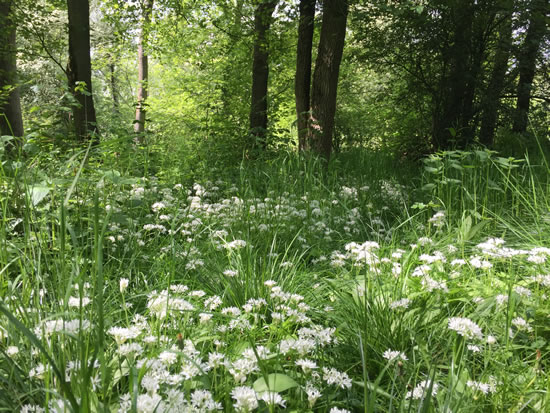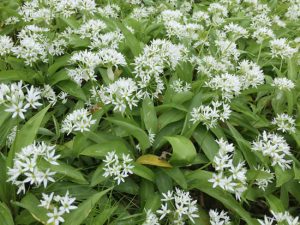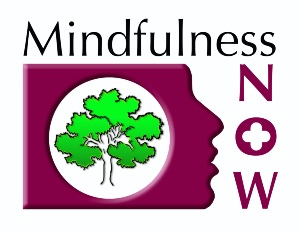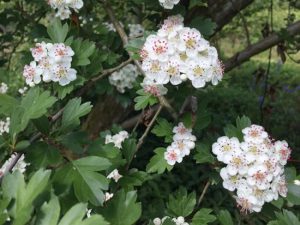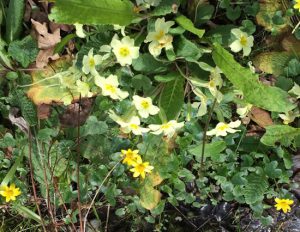When will shielding end?
If this is a question you’re asking yourself then you’re not alone, although you may very much feel that you are.
I’m living in a shielding situation, for reasons of my husband’s health, and I struggle with the situation at times even though I’m not the one with the life-threatening illnesses. So, whether you’re someone with serious health conditions or someone who’s living/caring for someone with serious health concerns, this post is for you, in fact for all of us experiencing some low points in relation to our mental health during this Covid-19 situation.

How does shielding make you feel?
I don’t know about you, but my view on how this shielding situation makes me feel depends on a variety of things, maybe:
- Whether the sun is shining or not
- Whether it’s Monday or Wednesday, but I’ve lost track of the days of the week to be honest
- Whether there’s better news on the news!
- Whether I have ‘that feeling’ inside or not
In actual fact, what I notice is that try as I might to be positive (and I’m a pretty positive person) there are times when I just get this funny ‘down’ feeling inside. I try not to dwell on any negativity too much and can usully find something to distract myself with. But, maybe that’s not the best way to deal with things?
The ups and downs of shielding
The ups – I’ve had time to try out new soup recipes (we eat a lot of soup) and discovered other new recipes, including scones made with cream and lemonade, which are delicious.
My husband and I have found we have far more proper conversations than we used to. In fact we’re bumbling along better than we have for years, probably because we’ve been forced to slow down and are more ‘being’ and less ‘doing’ these days.
The downs – I tell myself and we tell one another how lucky we are having two dogs and a garden we can enjoy, whereas many are not so fortunate. However, sometimes you’re jolted out of your bubble of “gratefulness” and one of those times was unexpected and only recently.
I joined a zoom group meeting with fellow mindfulness teachers and although the session was supportive, the meditations soothing and even uplifting, the open-meeting chat at the end had quite a different effect on me.
The Host invited people to share what they were looking forward to after lockdown ended. People were keen to share the fact they could hug other people, mix with other people and go out and about again. There was much laughter as people glimpsed the possibility of experiencing the joys of resumed face-to-face social interactions.
I listened and was pleased for those who shared their feelings, but I became aware it was an effort to keep smiling. The experience of listening to everyone sharing their excitement brought back memories of how I felt as a child when I was told I couldn’t go somewhere with my friends.
As I sat there, watching the sea of faces on the zoom screen, I realised I felt rather uncomfortable, I guess because my mind was leaping into action thinking about the fun everyone else was going to have while I couldn’t. The realisation hit me that my situation was very different and I suddenly felt rather sad and alone.
At the end of the meeting the little faces on the zoom screen meeting left, one by one. I felt I wanted to reach out and call them back. Good grief, how sad and pathetic of me I thought!
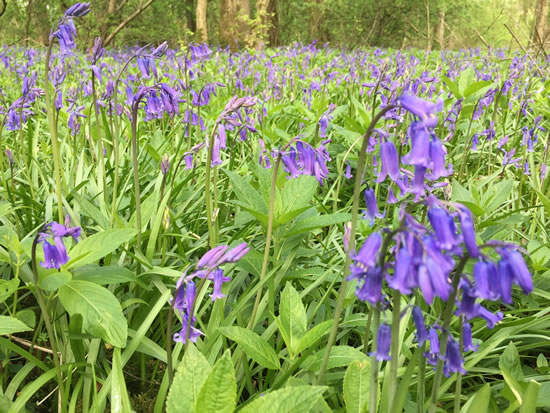
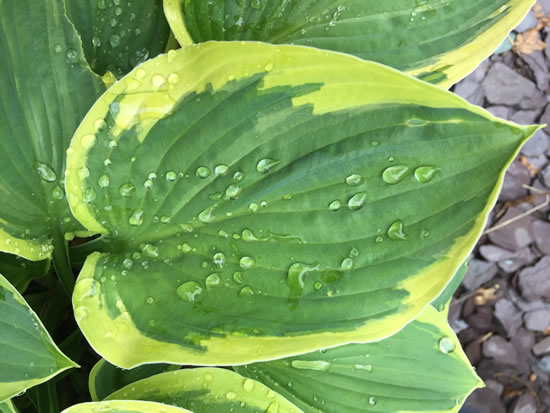
It’s ok to not feel ok
For a while, after the zoom meeting, I sat and thought about what I had experienced. Rather than just pushing away my feelings, pouring myself a glass of wine before reaching for the TV remote, I sat quietly and brought conscious attention to the physical feelings I had noticed wriggling about inside of me making me feel so.., what? Sad?. With a sense of self-compassion and kindness I explored just what was actually going on, in both my body and my mind. What I noticed was quite illuminating as to how I’m really feeling about my current situation.
I realised that it wasn’t actually sadness I was feeling, but more a sense of helplessness and not being in control, which I don’t think I’ve acknowledged before in relation to our shielding situation.
The experience of sitting with my thoughts, gently exploring what was going on, actually helped me feel better in myself. Why? Because I realised I was being unduly judgemental and critical of myself for feeling the way I did. I also realised that maybe I shouldn’t be so critical of myself as really there is little I can do to make my situation any different, as it’s completely out of my control.
Accepting the way I feel, as “ok not to feel ok”, helped me face the fact I while I can’t change the situation we’re in, I can change my reaction to feeling helpless. So rather than thinking about what I can’t do I thought about something positive I could do, like write this blog post to reach out to others experiencing mental health challenges coping with shielding.
Once I’d got the thought in my head that I could control the way I responded to my emotions, I realised I’d released the tension I was feeling inside. I’d let my underlying anxiety and the tension go; I felt more energised.
I’m not suggesting the answer to releasing tension is to write a blog post…. you can engage with whatever floats your boat. I could have chosen to sit and watch the sunset, delighting in the wonder that happens every night that we so often don’t take time to notice.
Stress release through meditation
In my experience, taking time to do a mindfulness meditation, exploring and acknowledging physical and mental experience, can deliver much more effective stress release than any glass of wine and TV distraction can.
Through using a simple meditation technique to relax my body and quieten my mind I was able to bring self-compassion to what I was feeling and allow myself to feel it’s “ok not to feel ok”. At the end of the short meditation I’d practiced I experienced a sense of comfort wrapped around me like a warm blanket; it felt good.
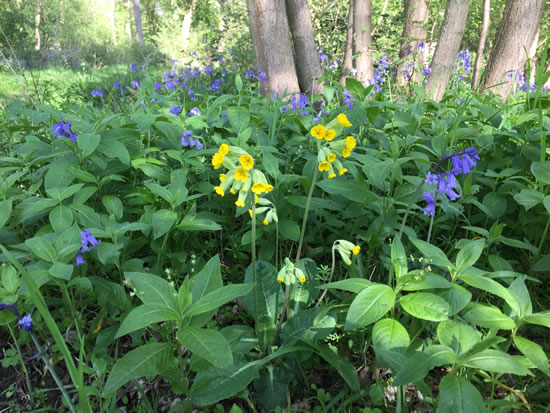
Could meditation help you?
I’m not going to lie to you and say you can just do a mindfulness meditation and your mood will improve or your thoughts become more positive; it takes time.
Meditation is a skill that needs to be cultivated and it requires regular practice to be able to explore the workings of your mind with less reactivity and more equanimity.
Practising mindfulness isn’t all about formal meditation techniques, as I’ve described above. You can practise mindfulness while out in the garden, or from inside your house watching the birds. You can practise mindfulness while washing up, while drinking a cup of tea, while doing the dusting.
Practising mindfulness is about learning to become more aware of what’s going on right now, gaining awareness of how thoughts rooted in the past and anxieties for the future can negatively affect the reality of our present moment.
Practising mindfulness can help you to take more pleasure in the small things life delivers, encouraging feelings of being thankful for what we do have, rather than feeling we’ll never feel joy again until life is….like what?
Learning about mindfulness doesn’t have to be a serious endeavour, it can be a good deal of fun. All you need is an intention to engage with it and a curiosity to find out whether it works for you. Have a look at the Level 1 Resilio training option, it could provide you with a starting point.
What joy we experience in life is only what there is available, right now, in this moment and moment to moment. Takes a bit of getting your head around, doesn’t it?

